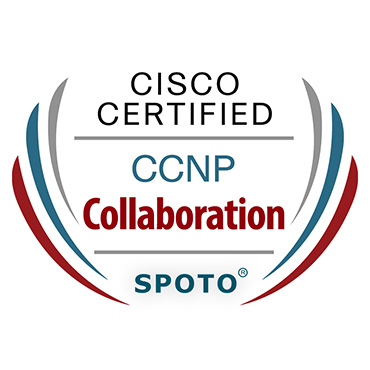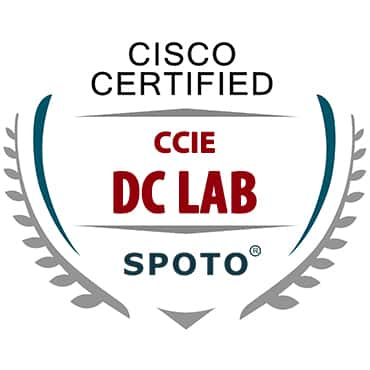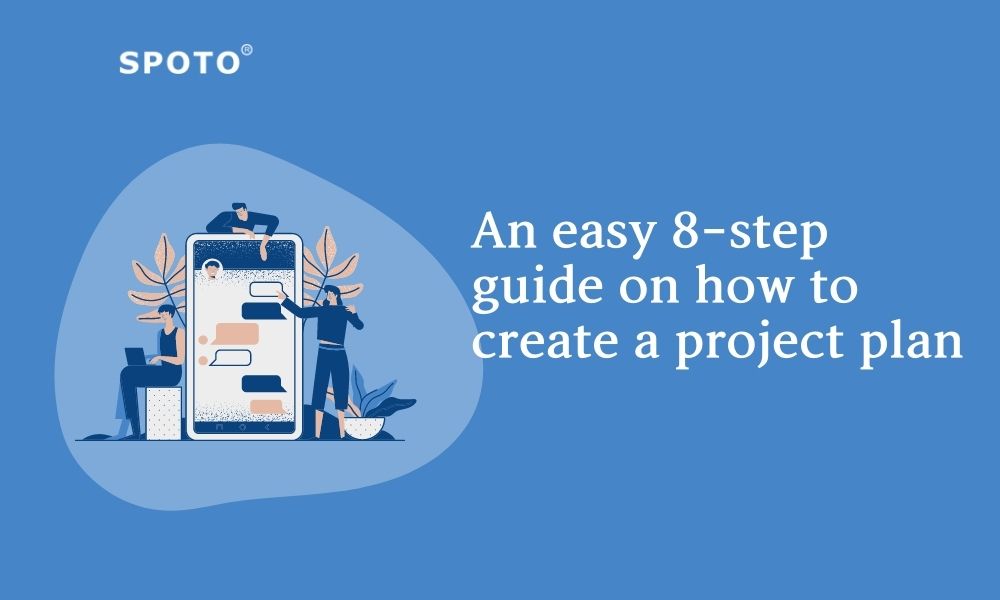Your weekend appears to be promising. It’s mid-afternoon on a Friday. You’ve checked in with your team, making sure your projects are on track and are ready for the week ahead.
Suddenly, your boss appears at your desk and informs you of some fantastic news. This is fantastic news, but it now casts a pall over your weekend. The kickoff for the next significant multi-team project with a critical client is next week, and you’ll be in charge of it. You’ll need to get the project organized as soon as possible, but you’ll need to consider how to build a project management strategy with so many stakeholders.
The planning process for projects can be challenging, especially as they become increasingly complicated. According to Forbes, 25% of technology initiatives fail, which is a depressing statistic for project managers. The good news is that you don’t need to be an expert in project management — or give up your weekend — to prepare for a successful project kickoff in a short period. All you need to know is how to construct a project plan in eight simple stages.
| Categories | Exam Code | Pass Exam Dumps |
|---|---|---|
| PMI | PMP | |
| RMP | ||
| CAPM | ||
| PgMP | ||
| ACP |
In 8 simple stages, learn how to construct a project plan…
Table of Contents
Step 1: Educate key stakeholders about the initiative, identify goals, and gain early buy-in.
The definition of the “what” and “why” is the initial step in any endeavor. Key stakeholders have the power and influence to determine whether or not a project is booming, and their goals must be met. You’ll need their buy-in even if the project comes from the CEO himself.
Use this first meeting to get everyone on the same page, identify goals, and assess the project’s worth. Discuss needs, expectations, and define a scope baseline, budget, and timetable during this project planning process. This provides a strong foundation for your project’s work plan. To begin started, consider using a project plan template.
The following are some questions you should discuss with your stakeholders:
• How do we write a project plan that is in line with the company’s objectives?
• What are the expectations of stakeholders? What do you think they’ll be expected to do?
• What criteria will you use to determine success?
• What are your available resources?
• What assets or deliverables should this project produce?
Step 2: Make a goal list, align OKRs, and sketch out the project.
According to corporate leaders, project failure is caused by a lack of clear goals in 37% of cases. If you don’t have defined goals, the requirements, tasks, and deadlines you set for your project work plan will be meaningless. But now that you’ve compiled a list of critical stakeholder requirements and received their approval, you can start assigning them to goals and objectives. Your project should be in line with the OKRs of your team and company. OKRs are a goal-setting and planning approach popularized by Intel and Google.
Using a project plan board, write out the project goals and relate them to the stakeholder requirements they address. Create the framework, milestones, and tasks necessary to achieve those objectives. The project or product launch, for example, might be a significant milestone. Therefore it’s critical to plan ahead of time. Landmarks can be used to set check-in points throughout the project so that everyone knows how things are doing, what to expect, and when they’ll be measured.
Step 3: Make a document outlining the project’s scope.
It’s time to produce a project scope document summarizing the project elements you listed in step 2 now that you have the project described, your tasks aligned with goals, and buy-in from the team.
Examine each deliverable and identify the set of tasks that must be accomplished to finish it. Determine the length of time each task will take, the resources required, and who will be in charge of completing it. To ensure that everyone has a single source of truth, finalize and document the project details. To avoid costly misinterpretation, make the document easily shareable, such as through your project management platform.
While it should be standard practice to generate project scope documentation and calculate earned value, 1 in 4 project managers polled in Wellingstone’s State of Project Management Survey indicated they “never” or “occasionally” do so. By creating one, you will stand out from the crowd and ensure that everyone is on the same page.
Step 4: Create a comprehensive project schedule.
It’s time to start scheduling your project now that you’ve established your objectives, tasks, and milestones. A Gantt chart is a valuable tool for visualizing the chronology of a project. It’s an interactive timeline that shows you the project’s progress, work scope, and dependencies in detail.
Tasks that must be completed before other tasks can begin are known as dependencies. Use subtasks to assist you in breaking down larger jobs into smaller ones as you plan out your duties. This can make resource management and report easier (check out our advice on constructing a project management report!). Let’s define each of them:
• Tasks: Individual tasks that people must complete to reach your objectives.
• Subtasks: These are short-term tasks that assist you in breaking down a larger task into smaller steps that will complete the larger activity.
• Milestones: Significant phases or events in your project that serve to break it apart. Throughout the project, use milestones as checkpoints.
Want to know a little something? Add cushions to essential activities as you put them up to allow for fire drills or unexpected bottlenecks, such as if a customer requires additional time to review or a team member calls in sick. Some chores might take a day in an ideal environment. So perhaps you might include two in your plan. However, there’s no need to give each work a cushion. Consider the risks and have it where it makes sense. You will be grateful in the future.
Step 5: Define the roles, responsibilities, and resources that will be needed.
The personnel, equipment, and money required to finish a project are referred to as resources. Don’t forget about your personnel once you’ve chosen your equipment and established a budget. Even those who have written a project work plan a hundred times can underestimate their labor requirements.
A RACI chart can assist you in figuring out who will do what on your project. It’s a matrix of all the tasks on a project, along with who’s liable (assigned to finish the work), accountable (has yes/no/veto power), consulted (needed to approve or contribute), and informed (needs to know about the action or decision). Here’s where you’ll find everything you need to know about RACI charts.
When you’re assigning jobs, don’t forget to think about bandwidth. Clarify each person’s responsibilities and expectations. Keep in mind that 95% of workers say they work on multiple teams or projects simultaneously, and if projects aren’t linked, teams’ workloads become too onerous. According to our recent report on The Stress Epidemic, stress drives nearly 50% of workers to start looking for a new job, and 25% abandon their current one entirely.
Consider how you’ll filter inbound requests that influence the project’s timeframe or budget as you plan your project. It’s critical to understand how to calculate earned value to track how much work has been performed on a project compared to the plan. Wrike Resource, for example, may assist project managers in visualizing their project’s tasks from a team workflow perspective, giving them the visibility and flexibility to balance workloads.
Step 6: Establish a communication and check-in system.
Employees spend approximately 20% of their workweek looking for and accumulating information, according to McKinsey. Furthermore, ineffective communication and teamwork are two of the leading causes of workplace stress. Stakeholders become annoyed and lose motivation when they have to sift through pages of communications or ask for updates regularly.
Reduce annoyance by centralizing all project elements, such as assets, conversations, tasks, due dates, updates, and reports, in one place, similar to a collaborative platform. It’s now simple to keep track of work, share updates, and make changes. Define how everyone should communicate during the project and store everything in one place to see it.
Step 7: Make a plan. not going according to plan
Even if you’re an expert who knows how to design a project plan, the truth is that all projects have twists and turns, which is what makes them attractive. You’ve provided yourself some breathing room during the planning process, ensured that everyone understands their responsibilities, and established communication.
But first, sit down and identify any potential concerns, such as planned vacations for team members, holidays, or external teams that may be involved. Establish a transparent chain of command and a list of important project contacts. Risks should be communicated upfront so that the entire team is prepared to face them collectively.
Step 8: Host a launch celebration!
A kickoff is required for any successful endeavor. Set up a brief meeting with key stakeholders and make sure you have a plan in place. Your goal should be to have everyone on the same page as far as goals, roles, processes, and timelines are concerned. Everything you concentrated on in the previous steps should be on your agenda:
• Define the project’s objectives and the value it adds.
• Make a list of the assets that the project will deliver.
• Establish a link between stakeholder needs and project objectives.
• Display the project’s chronology (Gantt chart) so that everyone is aware of the project’s dependencies and deadlines.
• Describe each stakeholder’s position and duties.
• Go over how and where everyone will communicate throughout the project and where they can get information (such as your scope document), and who to contact if they have questions.
• Discuss potential dangers and make sure the team is prepared.
• Obtain your ultimate commitment!
Bonus tip: You don’t have to start over every time you make something! You can copy your project plan into a template to use again and again now that you know how to design a project plan that works for your team. You can construct many templates for different types of project work plans as you progress. Let’s get started with these free sample project plan templates right away.
How to Get to “The End”
It appears that your weekend has been preserved! Thank you very much. You’ve now gained control over the project planning process, and you’ll have a basic project plan template to guide your next project — and the one after that — to success. Indeed, all of these complex projects will become so simple that you’ll begin to feel like you’re on vacation. Right?
Here are the top project management recommendations to help your team function more efficiently now that you’ve mastered how to write a project plan. If you want to learn about more PMP theoretical points, get













Comments